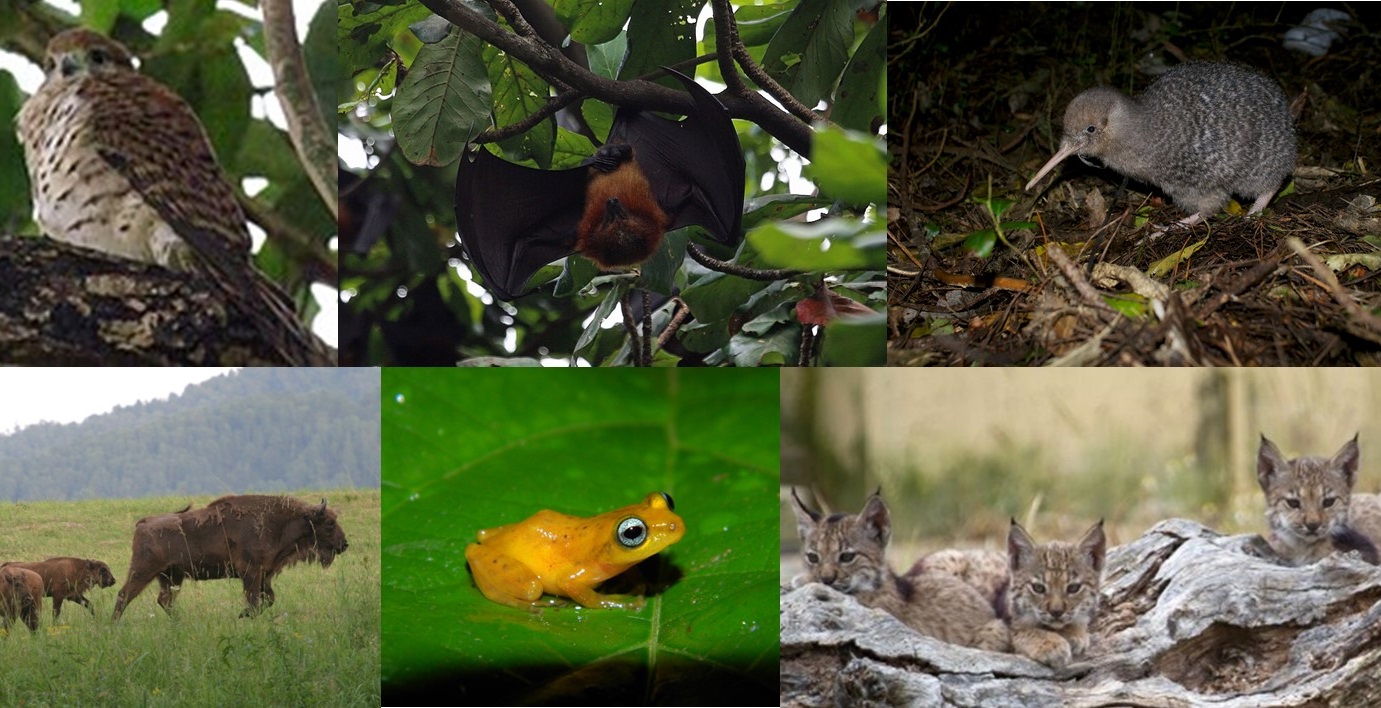News release
From:
Peer-reviewed; Observational study; N/A
Conservation efforts analysis reveals which actions are most helpful for endangered species status
Data show success in conserving species at greatest risk of extinction, but limited biodiversity recovery
Targeted conservation actions are essential to prevent wildlife extinctions, but more efforts are needed to fully recover biodiversity, according to a study published March 18th in the open-access journal PLOS Biology by Ashley Simkins of the University of Cambridge, UK and colleagues.
Out of over 166,000 species assessed by the International Union for Conservation of Nature, around 28% are threatened with extinction. Global efforts to prevent extinction and recover biodiversity have had some success, but there is limited data to show which conservation actions are most effective. In this study, Simkins and colleagues compile information on species conservation status and conservation actions to assess the latter’s impacts on species.
The researchers reviewed data for over 67,000 species on the IUCN Red List, including which conservation actions have been taken and how each species' conservation status has changed over time. They found that nearly every species with improving status has some form of conservation action in place, with improvement most often seen in species with reintroduction plans or species-targeted management plans. Approximately only half of assessed species have conservation actions in place, and roughly six times as many species have deteriorated in recent decades than have improved. Of the species that have seen improvements, very few have experienced full recovery from near-extinction to Least Concern status.
These results provide a broad picture of which conservation actions are especially helpful and which species still require conservation action. The analyses confirm that efforts to prevent extinction for species at greatest risk have often led to improvements, but actions have rarely lead to full recovery of species. The authors note that there remain gaps and uncertainties in the IUCN Red List data due to inconsistencies in assessment and documentation strategies across species. Improving documentation of conservation actions underway and scaling up conservation efforts will be essential to assist the recovery of biodiversity.
The authors add, “Despite huge losses and declines of species, we find conservation action has driven improvements in more than one hundred species, with almost all species improving in status having conservation actions in place. This suggests with greater resource allocation, conservation can halt and reverse biodiversity loss.”



 Australia; International
Australia; International



